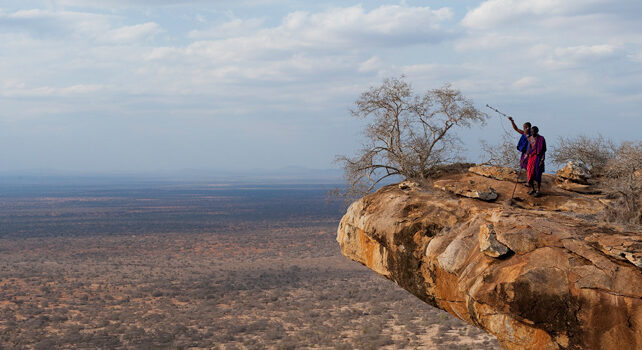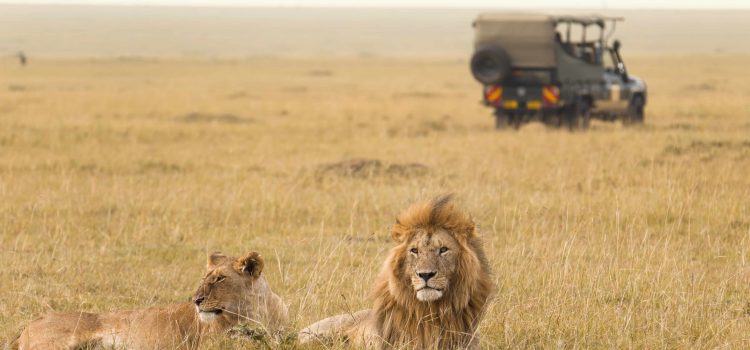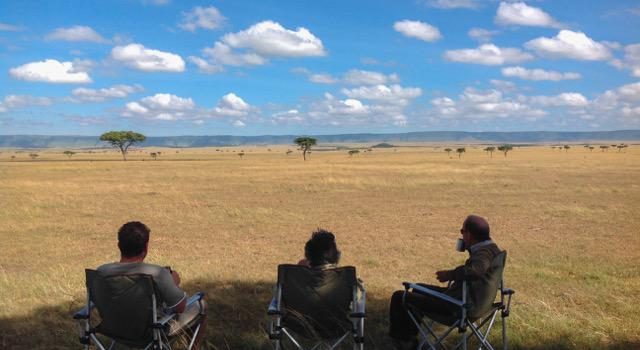Once again we return to one of our best-loved ecotourism books: Africa’s Finest, and this time around our focus is on Zambia. Recently published by well-known conservationist (and founder of Wilderness Safaris) Colin Bell, the book was born out of the desire of Bell and co-author David Bristow of giving the safari industry a full audit on their sustainability and commitment to excellence in ecotourism. Several hundred camps were assessed by teams who looked at specific sets of criteria, including those in Zambia. Five from that country made it into the top 50, amongst the 182 lodges and camps that cut the grade.
1. Kaingo and Mwamba Bush Camps, South Luangwa National Park
Located in the South Luangwa National Park, the Kaingo and Mwamba camps are run by the well-known and highly respected Shenton Safaris. Shenton Safaris is a family run operation which places great emphasis on providing intimate and ecologically friendly safari experiences.
There are two main camps: Kaingo and Mwamba. Kaingo is the larger of the two consisting of six rondavels. Mwamba is smaller and more intimate, with only three huts set against a backdrop of lush greenery. Each bedroom has a large skylight only covered by mosquito gauze so that your bed is transformed into an incredible star-gazing planetarium. The camps are almost entirely solar powered in order to ensure the authenticity of their commitment to conservation.
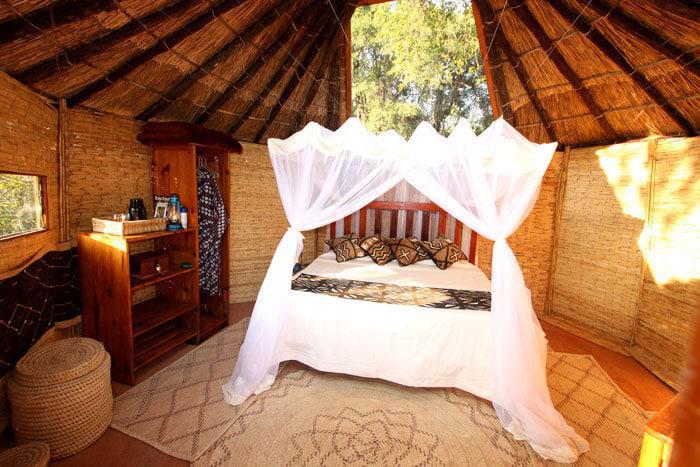
Shenton Safaris only employ top notch local guides and so the guides at Kaingo and Mwamba are some of the best guides in the industry. The South Luangwa area is one of the most pristine wildlife sanctuaries on earth, famous especially for its authentic walking safaris. A highlight are a number of game-viewing hides that have been cleverly constructed along the river and watering holes. The hides are ideal for wildlife photography enthusiasts!
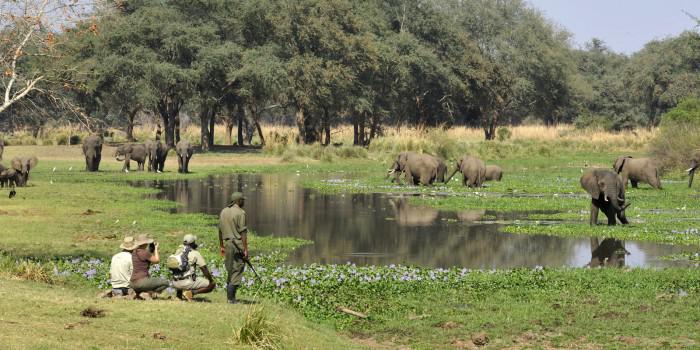
2. Mwaleshi Camp, North Luangwa National Park
Located in the North Luangwa National Park, Mwaleshi Camp is one of three seasonal camps in the region. Mwaleshi and its neighbours are only open and functional between the months of June and November. This camp in particular, owned and operated by Remote Africa Safaris, is completely dismantled and rebuilt each year according to strict low-impact conservationist guidelines – only environmentally-friendly and locally sourced materials are used in the rebuilding process each year. If it’s isolation, incredible sightings and total privacy that you seek, then, thanks to the lack of public roads in the park, Mwaleshi is the perfect choice.
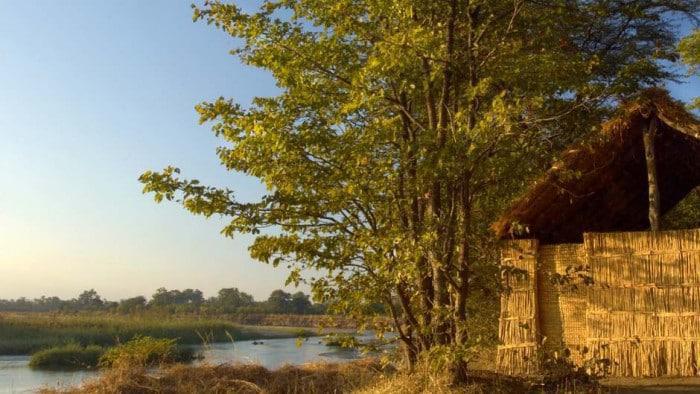
3. Sindabezi Island, the Zambezi River upstream from the Victoria Falls
Victoria Falls (also known as Mosi-oa-Tunya which means the smoke that thunders) is one of the greatest spectacles in Africa, and luckily for travellers there are a few great eco-camps located near this World Heritage Site which counts as one of the Seven Natural Wonders of the World. Just a little way upstream from Livingstone town, and the sister camp to Tongabezi, the Sindabezi camp is a well kept secret and most certailny worth considering for honeymooners or those wanting to get away from the bustle of the mainland. Sindabezi Island itself is utterly romantic with five open-sided, thatched chalets set in the shade of riverine trees.
Spanning roughly 100 metres, the camp aims to provide an intimate and fully conscious safari experience. Nature lovers will love the fact that there are lots of hippos, crocodiles and elephant herds. Enjoy sundowners on the edge of the Falls, or swim in Devil’s Pool, a natural rock pool from where you can look down onto the thundering water below. Tip: A nice combination is to spend two nights at Tongabezi and then two nights on Sindabezi Island.
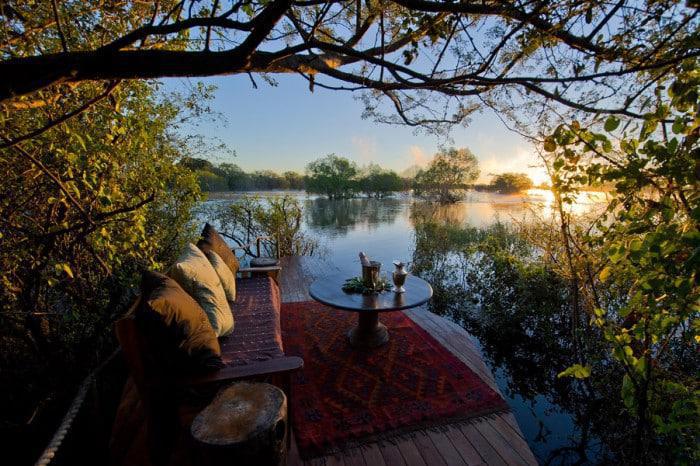
4. Toka Leya, in the Mosi-oa-Tunya National Park at Victoria Falls
A Wilderness Safaris Camp, Toka Leya which can be found within the Mosi-oa-Tunya National Park, is perhaps one of the most ecologically friendly camps in the region. Not only is the camp constantly trying to reduce its carbon footprint, it is also trying to reduce physical footprints as well. The entire camp is constructed out of boardwalks in order to minimise the erosive impact of human feet on the earth. The camp has a highly sophisticated recycling system in place (all kitchen waste goes into a worm farm) and is largely operated by solar-battery power. Guests can enjoy a wide variety of fun adrenalin activities around the Falls and in the Zambezi River nearby and then return to revel in calm of pristine and eco-friendly Toka Leya Camp.
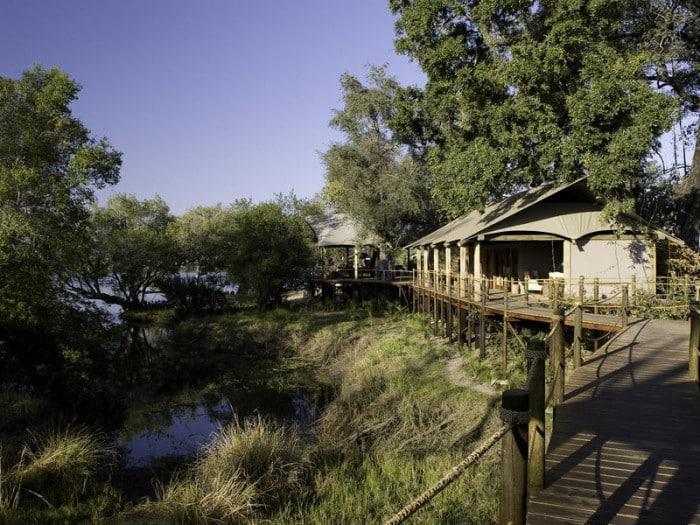
5. Liuwa Plain National Park, Barotseland
Barotseland is a perennially flooded area located to the west of the Zambezi River and also home to the Liuwa Plain National Park. The camps here are only accessible overland from February to October after which the rains become so heavy that the only possible mode of transport is by boat. Remote and difficultto get to it certainly is … and to our knowledge only Robin Pope Safaris currently operate in this region.
The area is also steeped in a great deal of history, having once been used by UNITA, the revolutionary army of Angola, for finding food and shelter. Today, however, African Parks (a non-profit organisation) has re-introduced a host of animals. From wildebeest and eland to lions and buffaloes, the opportunities for game spotting and photography are endless. The area is also well-known as Africa’s second largest wildebeest migration and is home to a wealth of birdlife, especially globally threatened species like the wattled and crowned cranes.
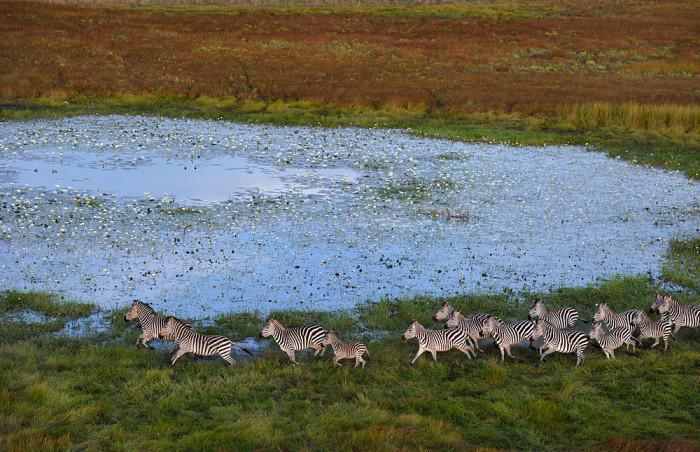
All these Zambian locations are leaders and shining examples of what hospitality in remote regions along with protecting the environment can look like. We all know that conservation of the environment and wildlife of Africa for future generations to enjoy is paramount. And that there is so much yet to be done in the line of sustainability and nature conservation on the continent. These camps are doing all they can to speed up this process. When travelling it is always important to be aware of the impact made on any places you visit. Any travellers wanting to tread lightly and leave a positive mark on the land should definitely look into any of these utterly magical and highly sustainable establishments.
